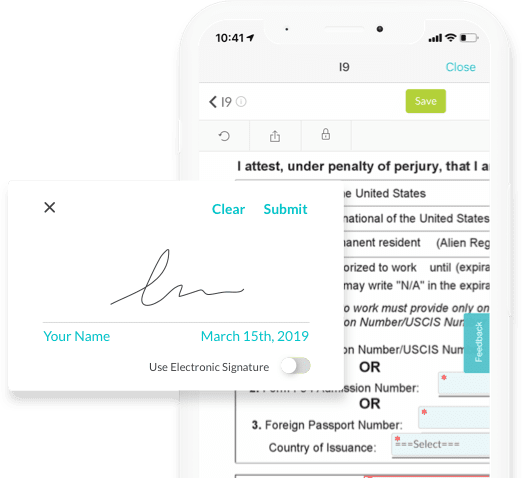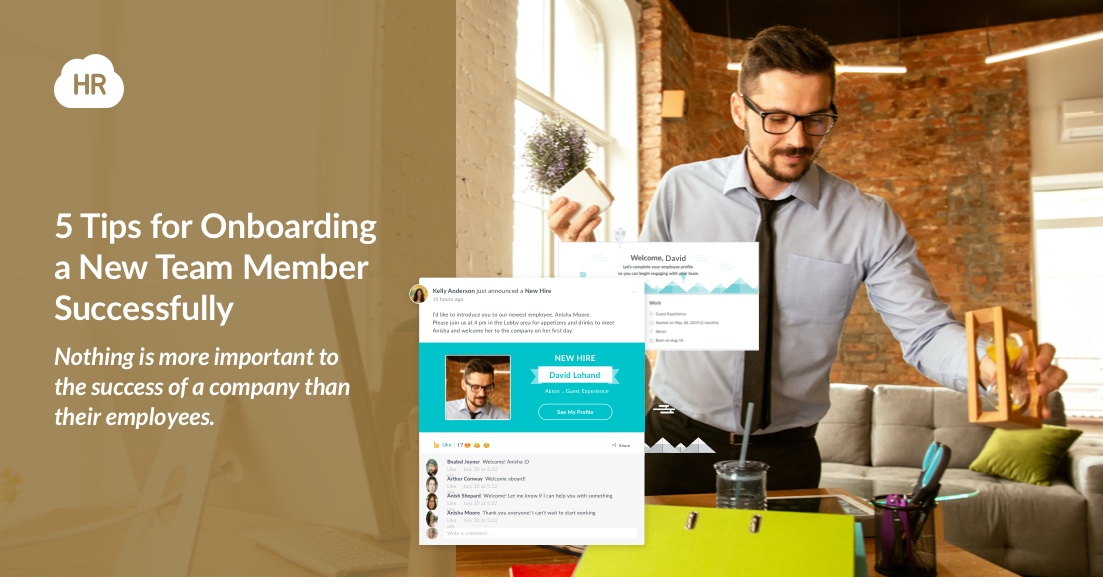Nothing is more important to the success of a company than its employees. They are those who work on the projects, answer customer calls and actually perform the services, and create/market the products you offer. Of course, in order to have solid employees who help your business, you need to first hire them and have solid talent acquisition strategies. This can involve performing background checks (learn more here), holding interviews, and several other things.
But once they’re hired, the onboarding program or process is what prepares them to work for you and gets them up to speed. Without any further ado, let’s go over some tips for a more successful onboarding process, to make sure every new team member can understand their role.
1. Use the Right Tools and Automation
If you want to onboard as efficiently and successfully as possible, you need to use the right tools and information. If everything is handled manually, it can be a process that drags on and hurts your efficiency. There are many different tools, and the right one will depend on your needs. In addition to using tools, you should automate what you can.
This can reduce the work required to get people onboarded, and can save you a lot of money and time. Everything from HR Payroll Systems to training software can have some automation that can drastically speed up the process, as well as make it go more smoothly for your new hires. Any tool you can use to improve the onboarding experience for every hired employee is a good idea to consider.
2. Be Clear With Duties and Responsibilities
Once a person is hired, it is crucial to let them know their duties and responsibilities as early as possible. They might have an idea from the description and the interview, but you need to now provide them with the specifics.
You need to prepare ahead of time, to ensure that you can clearly state what they should be doing every day. This could simply be explained, or you could even provide them with a role map to show them the scope of their position. If this is poorly done, they could be confused and end up focusing on the wrong things.
3. Set Expectations
It is crucial to set your expectations in terms of the schedule, how to best communicate with the team, the company culture of the business, and more. Every business and company operates differently, so the new team member might not immediately know how things are done.
The more your new hire can know about how your business operates and what is expected of them, the better. By doing this, you can ensure the new hire knows the best way to reach colleagues, how long they are expected to work, and the values or mission behind the business.

4. Train Them Well
Depending on the nature of your business, it is also crucial to train your employees well. You need to ensure they know how to use the different software, apps and tools your team makes use of every day. If you simply throw a new hire into their role without any training, they aren’t very likely to be successful, and will certainly make mistakes.
In addition to training as soon as they’re hired, continued training over time is also a good idea to keep morale high and skills sharp. Training them well over time provides several benefits that can only help your company and employees. Whether they are new or have been working with you for 18 months, training can help them reach new heights.
If you are dealing with a remote employee, be sure to find ways to ensure they are adequately trained, as well. Remote work is growing more common, so you need to be sure you can handle them.
5. Stay Available and Communicate
Few things are as important as communication in business. This is especially true early on, as new team members are likely to have questions or things they will need clarification on. Make sure to communicate well with them, be clear, and ensure you leave an open line of communication if they need it. Employees feel a lot of pressure, so knowing they can turn to you for help can be beneficial.
Be sure to perform regular check-ins as well and ensure everything is going well, but be careful not to micromanage. Make sure to introduce them to the team as well, as building relationships is crucial in a business setting.
In conclusion, we hope that this article and the tips within it have been able to help you have an effective onboarding process for new team members and ensure you can achieve successful integration.
About Author: This article is written by a marketing team member at HR Cloud. HR Cloud is a leading provider of proven HR solutions, including recruiting, onboarding, employee communications & engagement, and rewards & recognition. Our user-friendly software increases employee productivity, delivers time and cost savings, and minimizes compliance risk.
Keep Reading
Retention Reset: How to Keep Your Best Talent in 2025
More employees are walking away from their jobs in 2025 not just for better pay, but for
Remote Onboarding Done Right: A Step-by-Step Guide for HR Teams
Remote onboarding is the process of welcoming new employees who work from home or


